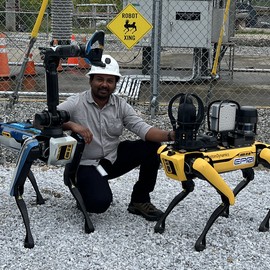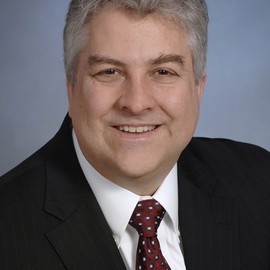Abstract
Non-Foster circuits can be used to improve the performance and bandwidth of existing applications, and to enable new technologies such as acoustic cloaking. Although analog approaches for the implementation of non-Foster circuits have existed for some time, digital discrete-time implementations of non-Foster circuits have recently been introduced. Previous digital discrete-time implementations of non-Foster circuits used a backward difference method to design the digital non-Foster circuit. In this paper, Pade and Prony modeling methods are presented for the design of digital non-Foster RC series circuits. The performance of the proposed Pade and Prony methods are compared with the earlier approach using the backward difference method. The Pade and Prony methods were shown to better approximate resistance in the mid bandwidth region than the backward difference method for a positive capacitance and resistance as well as a negative RC circuit. Lastly, a prototype using the Prony method to design a digital positive R C series circuit was implemented on a microcontroller, with measured results closely matching theory.
Publication
SoutheastCon 2018

Research Engineer - Robotics
EPRI Engineer | AI Enthusiast | Computer Vision Researcher | Robotics Tech Savvy | Food Lover | Wanderlust | Team Leader @Belaku | Musician |

Professor, Electrical and Computer Engineering
James M. Conrad received his bachelor’s degree in computer science from the University of Illinois, Urbana, and his master’s and doctorate degrees in computer engineering from North Carolina State University. He is currently a professor at the University of North Carolina at Charlotte. He has served as an assistant professor at the University of Arkansas and as an instructor at North Carolina State University. He has also worked at IBM, Ericsson/Sony Ericsson, and BPM Technology. Dr. Conrad is a Professional Engineer, a Senior Member of the IEEE and a Certified Project Management Professional (PMP). He is also a member of Eta Kappa Nu and the Project Management Institute. He served on the IEEE Board of Directors as Region 3 director for 2016-2017, and again as a director in 2020 when he also served as IEEE-USA President. He is the author of numerous books, book chapters, journal articles, and conference papers in the areas of embedded systems, robotics, parallel processing, and engineering education.